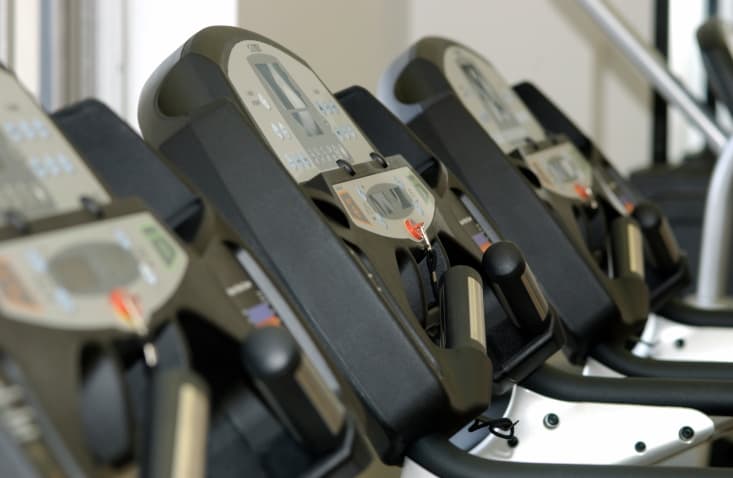
In order to best answer this question, you have to first understand that all caloric expenditure calculations (often expressed on cardio machines, and on fitness apps) are estimates. These estimates are calculated by a large variety of factors.
Treadmills for example mostly use an equation based on the user’s weight and the pace that they are walking or running. The higher end treadmills may take into account the user’s heart rate along with any incline that the user may be moving at, but you would have to refer to the manufacturer to find out if it does. It’s important to note however that just because a treadmill may have the ability read your heart rate, that the formula that it uses may not use heart rate as a determining factor when calculating your caloric expenditure.
Many DVDs will give an expenditure amount based on an average from “x” number of participants. The problem though is that it’s not accurate to you and ultimately depends on the effort you put forth.
Items like the FitBit One and Nike Fuel, etc. use a toggle to determine movement, using factors such as weight, height, and rate of movement. The problem with this is that often times if an individual uses a stationary bike for their exercise mode, the toggle won’t be moving, therefore it won’t be able to accurately determine the caloric expenditure of the activity.
Devices such as the more advanced heart rate monitors will be a little more accurate because they use weight and heart rate as the primary factors when determining the caloric expenditure, but even these are estimates based on the equation formula that it uses to calculate it.
So how do you know what to trust so that you don’t overdo it when eating? Long story short is that ultimately you don’t.
They are all estimates, therefore none are 100% accurate. With this in mind however, I would tend to lean towards ones that factor in heart rate since that is a more accurate way of determining intensity and will include all modes of exercise, especially if trying to just figure out a single bout of exercise.
My preference would be to go the opposite route. Meet with a registered dietitian to figure out what your caloric intake should be based on your BMR and average amount of daily activity, make a plan to hold true to that. Then use the exercise tools to help figure out your caloric expenditure as a rough guideline to help determine what your caloric deficit is or if you need to move more.
When putting the focus on your intake as opposed to expenditure, you are setting yourself up for success. By having a nutritional intake goal, you know exactly how many calories you should consume and can plan your meals so that you don’t overdo it. With all of the nutritional labels and devices and websites to help figure out the caloric content of the food you eat, you are more accurately able to determine your actual intake.
The key, however, is having that nutritional plan. It is all too easy to completely undo all of your hard work with a few simple bites of name your dessert—cookies, cheesecake, ice cream, etc.—when you don’t plan for them. But should you happen to overindulge, it is great to know how much more activity you will have to do, which is where the personal activity devices or heart rate monitors (when worn all day) make it easier.
When combining both the nutritional plan and the personal device, calculating your total expenditure for the day, you have the ultimate tool for weight loss…….knowledge!
Get your own personalized plan!By Luke Lewitzke, CPT, Personal Training Director at Elite Sports Club-Mequon